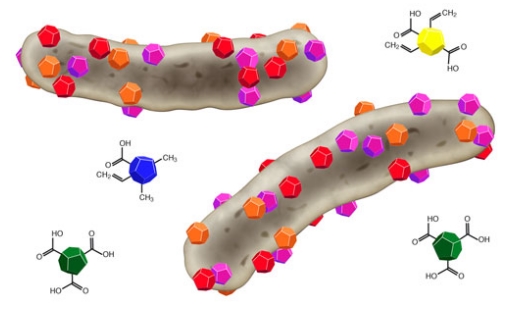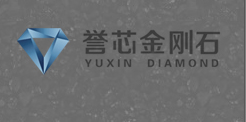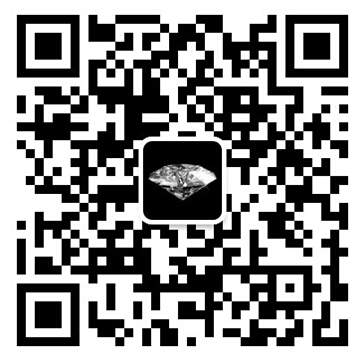Company tel:+86-379-63184520
Contact number:+86-15937921751
Postcode:471000
Email:info@yuxindiamond.com
Address:3-1-508 Luoyang National University Science Park, No. 2 Penglai Road, Jianxi District, Luoyang, China 471000
Nanodiamonds——New Antibacterial Materials

Bacteria have unique abilities, and the interaction of microorganisms in the human body forms a "united front" in the form of biofilm, actively evading the response of the human immune system and improving the antibiotic resistance of bacteria. The direct consequence of this is that bacterial biofilm-based infections are generally difficult to eradicate. More seriously, the long-term inadvertent use of antibiotics, resulting in emerging bacterial microbial antibiotic resistance, further strengthening the threat of bacterial biofilm infection.
With the continuous progress of nanotechnology, nanotechnology is widely used in modern medicine, such as nanometer imaging probe and nanometer target drug carrier. The European Union's seventh Research and Development Framework (FP7), a European PHOTORELEASE R&D team consisting of three member states of the European Union (General Coordination), UK and Spanish nanomedical researchers. Actively utilizing the unique inertness, biocompatibility of nanodiamond particles and the ability to easily achieve functional engineering design according to demand, the non-Biocidal engineering design actively responds to bacterial microbial biofilm antibiotic resistance.
The research of the R&D team has made positive progress. Make full use of the function of anti-Adhesive Molecules to prevent the interaction of bacterial microbes to form a biofilm symbiotic relationship, so as to achieve the healing effect of biofilm infection. The technology can also be applied to the surface of various medical devices to remove bacterial microorganisms. The R&D team has successfully developed sugar coated nanodiamond particle inhibitors to prevent the formation of biofilm based on E. coli. Through repeated tests, the function of nano-diamond particles is constantly modified and optimized to help improve the actual effect of anti-biofilm.
Exhibiting a diameter of 5 nanometers, nanodiamonds are 200-times smaller than a bacterium. Nanodiamonds are produced by the explosion of carbon-containing compounds in high-pressure storage tanks. Here, the tiny detonation diamonds are formed besides large amounts of soot. The material scientists Dr. Michael Maas, Julia Wehling and Professor Kurosch Rezwan from the University of Bremen (Germany) have now identified the strong antibacterial properties of these nanodiamonds. Besides silver and copper, nanodiamonds might be used as a new effective agent against bacterial contaminations and infections.
Diamond, as one of the most special materials in natural world, is featured with the highest hardness, low friction coefficient, high elasticity modulus, high thermal conductivity, high insulation class, wide energy gap, great sound propagation rate and favorable chemical stability, which are presented in below Table. In spite of such unique features, the natural diamond has always been existed in the form of gem, with its variability and rareness sharply limiting its application. Luoyang Yuxin Diamond Co., Ltd‘s CVD Diamond film, on the other hand, integrates such physical and chemical properties, with lower cost than natural diamond and applicable to be made into various shapes, thus enjoying extensive application prospect in electronic industry, optical field and mechanical industry.







